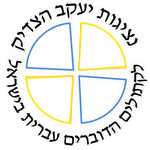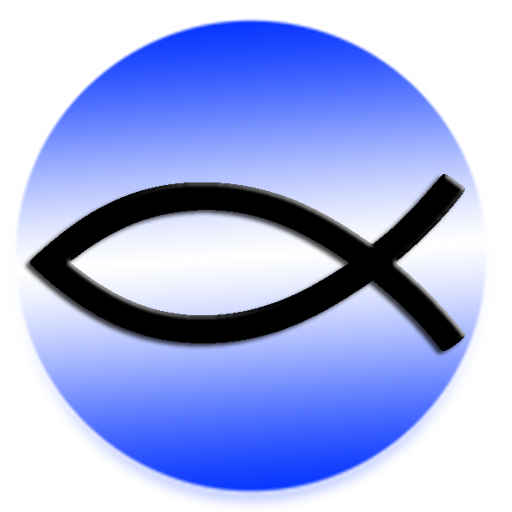Feast of the Transfiguration – August 6

The history of the feast goes back to the fourth century when Empress Helena constructed the Church of the Transfiguration on Mount Tabor in Galilee, the place where Christian tradition located the event. By the fifth century the feast was common in the Churches of the East and today the feast is one of the twelve major feasts in the Orthodox Church. In the Western Church, for many years the feast was of a local nature and was not established as an official feast until the fifteenth century. (We might note, that this again is evidence of an important difference: the Western Church emphasizes the Passion of the Lord, whereas the Eastern Church underlines rather His divine Glory. The great mystiques in the East, like the Desert Fathers or Saint Seraphim of Sarov, receive the grace of the Transfiguration or "the Light from Tabor", whereas the Western mystiques consider the highest grace receiving the stigmata (the wounds Christ received during his Passion) of the Lord. It is no coincidence that the holiest place of Christianity is called "the Holy Sepulcher in the West whereas in the East it is known as the Church of the Resurrection.)
The Gospels (Matthew 17:1-9, Mark 9:2-13, Luke 9:28-36) describe the Transfiguration of Jesus as a kind of parallel with the revelation at Sinai. A high mountain, a cloud that covers it (cf. Exodus 19) and into which the chosen witnesses enter whereas the others remain somewhere below and apart (Exodus 20:21) and see the glory of God (Exodus 24:9-11), a great light (Exodus 24:17), the voice of the Lord in the midst of the cloud (Ex 24:16)... and also the drowsy apostles who suddenly awake to see the glory of God. (According to Jewish tradition, at Sinai the Children of Israel awoke a little too late and missed the beginning of the Theophany (this being the origin of the custom to stay awake the whole night of the Feast of the Giving of the Torah (Shavuot) in order to be ready and prepared for the approach of the dawn.
Upon awakening, the disciples see Jesus radiating a light that is not of this earth, in conversation with Moses and Elijah - the two major prophets of Israel with whom God spoke at Sinai: with Moses - in the voice of thunder, lightening and the powerful sounds of trumpets (Ex 19:16); with Elijah - in the "sound of sheer silence" (IKings 19:11-12). Now God speaks to them in Man.
For these three chosen disciples, the new born Church prepared a special place, even if it is not the place that James and John, blinded by the vision of Jesus' glory, asked for: to sit at his right and at his left in his Kingdom, a request that provokes Peter, who already has as leadership role, and the other disciples to anger. Peter must be the head of the Church on earth. James will be the first of the disciples to die as a martyr. John will be the last witness of the earthly life of Jesus and it will be who opens up to the Church the depths of the mystical life. These three were among the first to have left everything behind in order to follow Jesus. They alone were permitted to be witnesses to certain special events: the first cure in the home of Peter, that of his mother-in-law (Mark 1:29-31), the miraculous catch (Luke 5:1-11), the resurrection of the daughter of Jairos (Luke 8:49-56), Jesus' prayer in Gethsemane (Matthew 26:36-46). They alone were permitted to see Christ in his glory so that their faith might be strengthened ahead of the trials still to come.
On the mountain of the Transfiguration, we are given an image of the fullness of the Church and the fullness of Revelation: Moses - Torah, Elijah - Prophets, the apostles - the New Testament, all gathered around Jesus and in Jesus. Israel of the first covenant and Israel of the new covenant, with Peter who in those early days God chose so that the pagans might hear the word of the Good News from his mouth and embrace it (Acts 15:7), so that they too might have the way of repentance that leads to life (Acts 11:18). Around Jesus, the Church is gathered, those from the first covenant and those from the new covenant, with all the riches of her charisms and gifts: authority and service, preaching that leads to witness and even martyrdom, and mystical contemplation. Heavenly Church and earthly Church. Union of Father, Son and Holy Spirit. Like the moment of Baptism at the Jordan, the Father bears witness with regard to Jesus: "This is my beloved Son, with whom I am well pleased. Listen to him".
Not everyone is permitted to be at Sinai and receive the divine revelations. However, here and now, on earth, "Listen to him". For "there is salvation in no one else, for there is no other name under heaven given among mortals by which we must be saved." (Acts 4:12)











 Year B, Palm Sunday
Year B, Palm Sunday Feast of Saint Joseph - March 19
Feast of Saint Joseph - March 19 Year B, Fifth Sunday of Lent
Year B, Fifth Sunday of Lent Year B, Fourth Sunday of Lent (Laetare)
Year B, Fourth Sunday of Lent (Laetare)